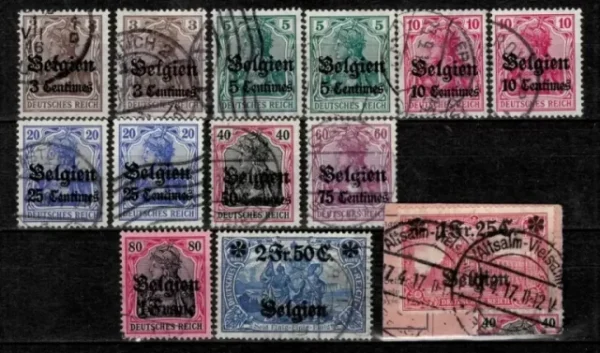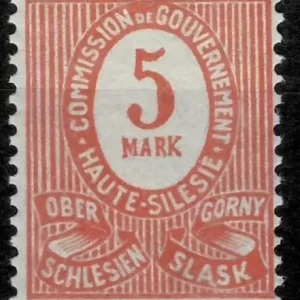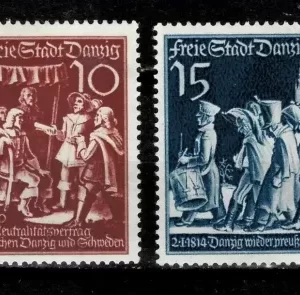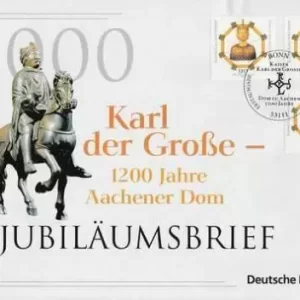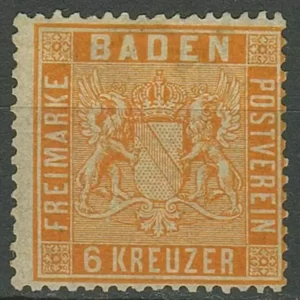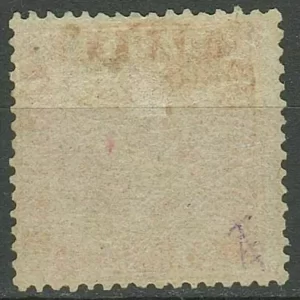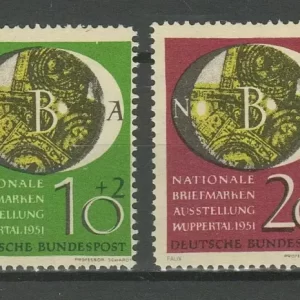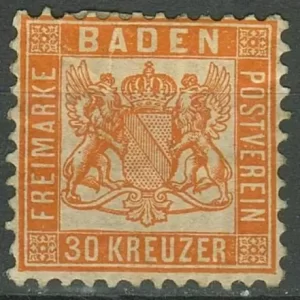German Occupation Belgium year 1914 set stamps Used
During World War I, Germany occupied Belgium from 1914 to 1918. To provide postage stamps for use in the occupied Belgian territories, the German authorities overprinted existing Belgian stamps with new inscriptions and values. Here are some key details about the German occupation stamps issued for Belgium in 1914:
Design: The stamps were regular Belgian issues that had text and values overprinted on them by the German occupying forces. Common Belgian designs used included the King Albert I “Helmet” portrait stamps and allegorical female figure types.
Overprints: The main overprints included “BELGIEN” at the top and a new German currency value like “5 Centimes” at the bottom, replacing the original French denominations. Some had additional bar overprints or symbols. Early overprints were in black ink, later ones in violet.
Values: Low denominations up to 10 centimes or francs were overprinted, as these would suffice for basic domestic Belgian postal rates under the occupation period. Higher values were not initially required.
Purpose: These overprinted Belgian stamps allowed mail service to be quickly re-established in occupied areas under German military administration after the invasion, using up remainders of existing Belgian stamp stocks.
Rarity: While not extremely rare, the 1914 German occupation stamps, especially the earlier black overprint types on pristine Belgian stamps, are quite scarce and avidly collected today as important WWI era philatelic items.
The overprinted 1914 issues represent the first provisionally adapted postage stamps for use in German-occupied Belgium during the opening year of World War I on the Western Front. They paved the way for further stamps issued under the lon military rule until 1918.

